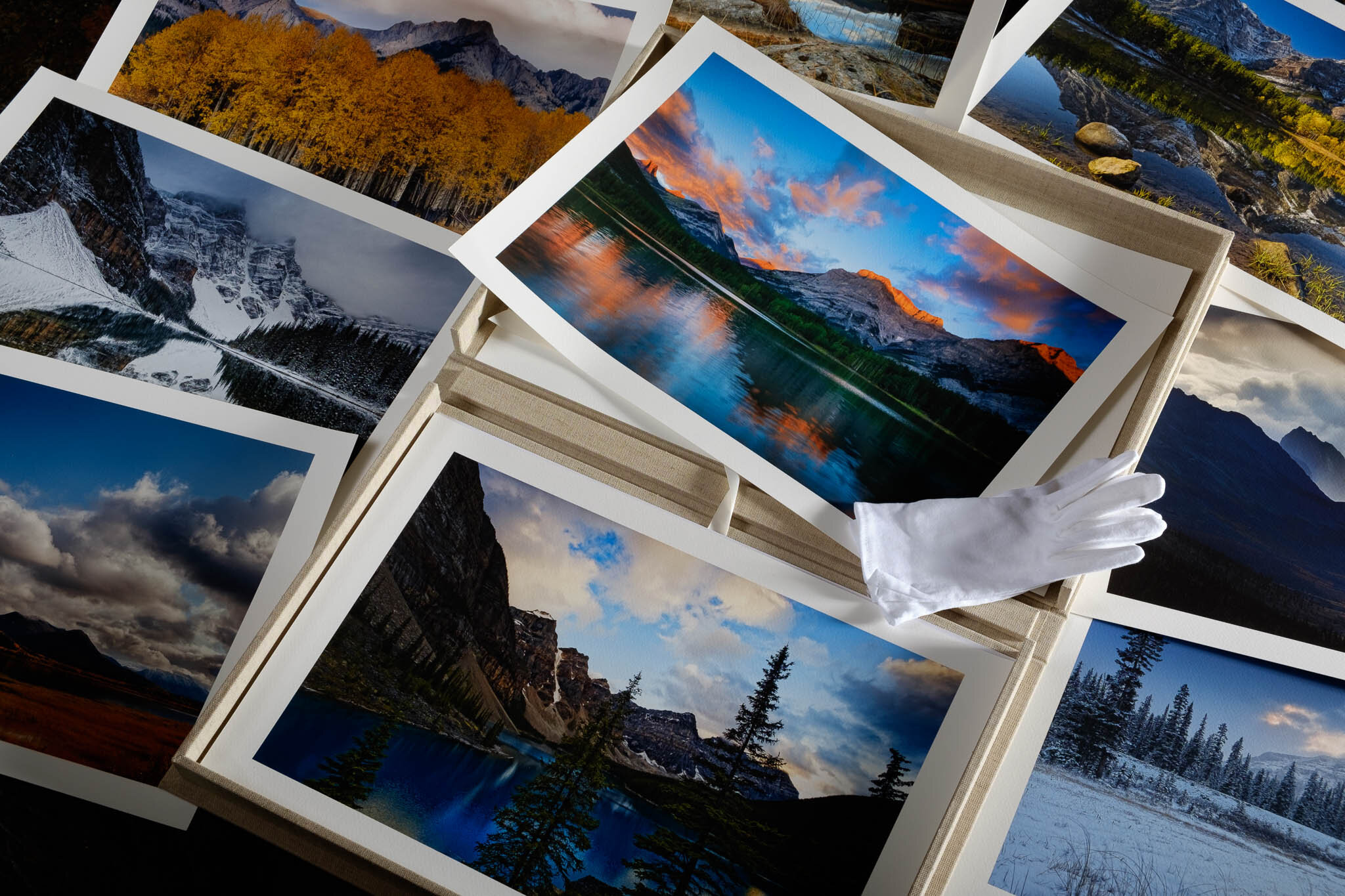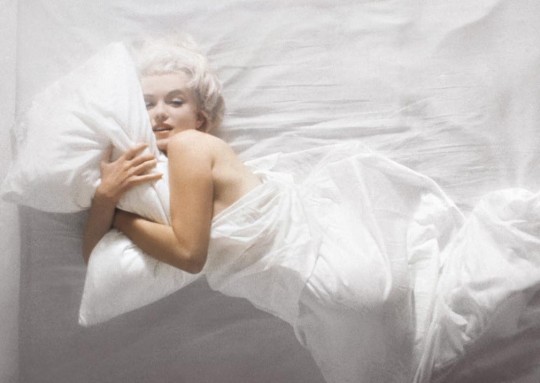But printing also works in reverse. As you become more attuned to extending your art to the print, you begin to reassess what you choose to capture in camera, how you capture it and, most importantly, why you choose to capture it. While in the field you start to imagine what the image will look like in print. And that is a true gift. You will begin to think through your imagery, to pre-visualize the composition and the resultant print, and to slow down.
Here’s a secret that professionals know but don’t often talk about. One of the major differences between a successful, experienced pro and an amateur is that the pro knows when not to take a picture. I see so many photographers desperately press down on the shutter release at 12 frames per second like their lives depended on it, hoping that one of a thousand shots will work. Understanding that your final statement of your art will be evidenced on paper will slow down that process and result in far better images in camera.
And More
There is another aspect of printing that I feel doesn’t get enough attention. I’m talking about the tactile sensuality of fine art paper itself. In today’s world I believe we have the finest photographic art papers ever made. In our studio we use Moab Fine Art papers (a division of Legion Papers) and we are sponsored by them. Of course there are other wonderful paper manufacturers out there. Still, when we handle a printed sheet of Moab Entrada Rag Textured, for example, the tactile sensation itself adds to the artistic experience. I know that sounds a bit esoteric, but that’s the point. The reverence with which you hold the final print, by definition will make you a more thoughtful photographer. Call it the Zen of Photography or whatever you will, but don’t knock it until you have experienced it yourself.
Did you know that the average length of time a person spends scanning an Internet image is 2.3 seconds? Contrast that with how many minutes someone spends viewing a fine art print. ‘Nuf said.
And speaking of viewing Internet images, I frequently watch people spending time on Instagram and “liking” images. I am stunned by how quickly they are able to scan and hit that heart emoji. I asked a young man at an airport how he was able to judge them so quickly. “Oh, if the picture jumps out at me, I know that I like it.” Really?
So this is what so many photographers do to get that fleeting attention. They ramp up the contrast, clarity or whatever. They super-saturate and over-sharpen. They over-HDR images to gain followers.
Working an image to print, especially in black and white, makes you appreciate tonality. It gives you an educated understanding of subtlety. Prints that celebrate minimalism are lauded worldwide. Collectors pay boku bucks for such works.
Consider the Source
Of course I could be criticized for this being a self-serving blog, as my assistant and I teach digital fine art printing in our Maryland studio. I have written an e-Book on fine art digital printing (available free due to the generosity of our sponsors, Moab and X-Rite). I frequently lecture on the topic and serve as a judge at print competitions. And I sell my fine art prints.










